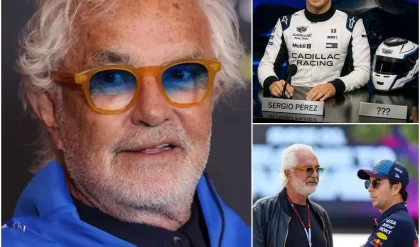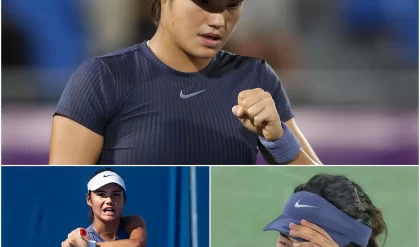The gaming world is buzzing with fresh details about Grand Theft Auto 6, and this time, it’s not about a trailer or a release date—it’s about the tech that could make this game a landmark in open-world design. On April 14, 2025, news broke of a newly approved patent filed by Take-Two Interactive, Rockstar Games’ parent company, revealing a cutting-edge character animation system tailored for the Rockstar Advanced Game Engine (RAGE). Originally submitted in September 2024, the patent outlines a method to create fluid, adaptive animations that respond to the environment and fit characters of varying builds. This isn’t just a minor upgrade; it’s a glimpse into how GTA 6 might redefine immersion, promising a Vice City that feels more alive than ever.

Character animation in games has come a long way since the clunky, blocky movements of the early 2000s. Twenty years ago, transitions between actions like walking and jumping were jarring, with little regard for the world around the character. Over the past decade, motion capture (mocap) technology smoothed things out, but it came with limitations. Mocap animations are typically tied to a specific body type—say, a six-foot-tall actor—meaning developers had to record separate animations for characters of different heights or builds. This process was time-consuming and restricted the variety of characters in a game. Rockstar’s new patent tackles this head-on, introducing a system that takes existing mocap data or programmed animations and adapts them to characters of any size or shape, all within the proprietary RAGE engine.
What does this mean for GTA 6? Imagine a bustling Vice City where every NPC moves naturally, whether they’re a towering bouncer or a wiry street vendor. The patent details how the system accounts for variables like bone length and body structure, ensuring that a shorter character’s stride or a heavier character’s posture feels authentic. This isn’t a novel concept—Unreal Engine has similar tools—but Rockstar’s approach is custom-built for RAGE, which powers their sprawling worlds. The result could be pedestrians reacting dynamically to rain, fatigue, or uneven terrain, making the game feel less scripted and more organic. For players, this could translate to deeper customization in GTA Online, where your character’s height or build might influence how they sprint, climb, or slip into a sports car.

The patent also hints at moving beyond traditional animation trees, where characters cycle through preset actions like run, walk, or jump. Instead, Rockstar is exploring procedural animations driven by environmental factors. Picture your character stumbling slightly when drunk, slowing down on a steep hill, or bracing against a gust of wind. This system, described as a step away from the “blackboard model” of rigid nodes, introduces a layer of intelligence—not quite AI, but a sophisticated way to make movements context-aware. It builds on tech teased in earlier patents and even glimpsed in the 2022 GTA 6 leaks, though those clips leaned heavily on Red Dead Redemption 2’s framework. Since then, Rockstar has likely refined this system, and the approved patent suggests it’s now a finalized piece of the puzzle.

Why does this matter? For one, it’s a practical win for Rockstar. By streamlining animation development, they can allocate resources to other areas—like crafting a denser open world or polishing GTA Online’s multiplayer. It also sets GTA 6 apart in a crowded industry where realism is a selling point. Other studios have tackled similar challenges, but Rockstar’s track record of obsessive detail—think Red Dead’s horse physics or GTA V’s traffic patterns—suggests they’ll push this tech to its limits. The patent’s approval, credited to Rockstar developers from Red Dead Redemption 2, confirms it’s not for another Take-Two project like Mafia but specifically for GTA 6’s ecosystem.

Fans on platforms like X are already speculating about the implications. Some envision NPCs with unique gaits based on their role—a cop patrolling differently than a beachgoer. Others hope for online avatars that reflect custom run styles or body types, adding flair to heists. Skeptics, however, note that patents don’t guarantee execution, and the 2023 trailer left much to interpretation, blending cutscenes and in-engine footage. Still, Rockstar’s history of delivering on ambition fuels optimism. With more patents likely to surface as GTA 6’s release nears, this animation system is a tantalizing hint of what’s to come—a world where every step feels real, every character feels alive, and Vice City pulses with unprecedented vitality.





